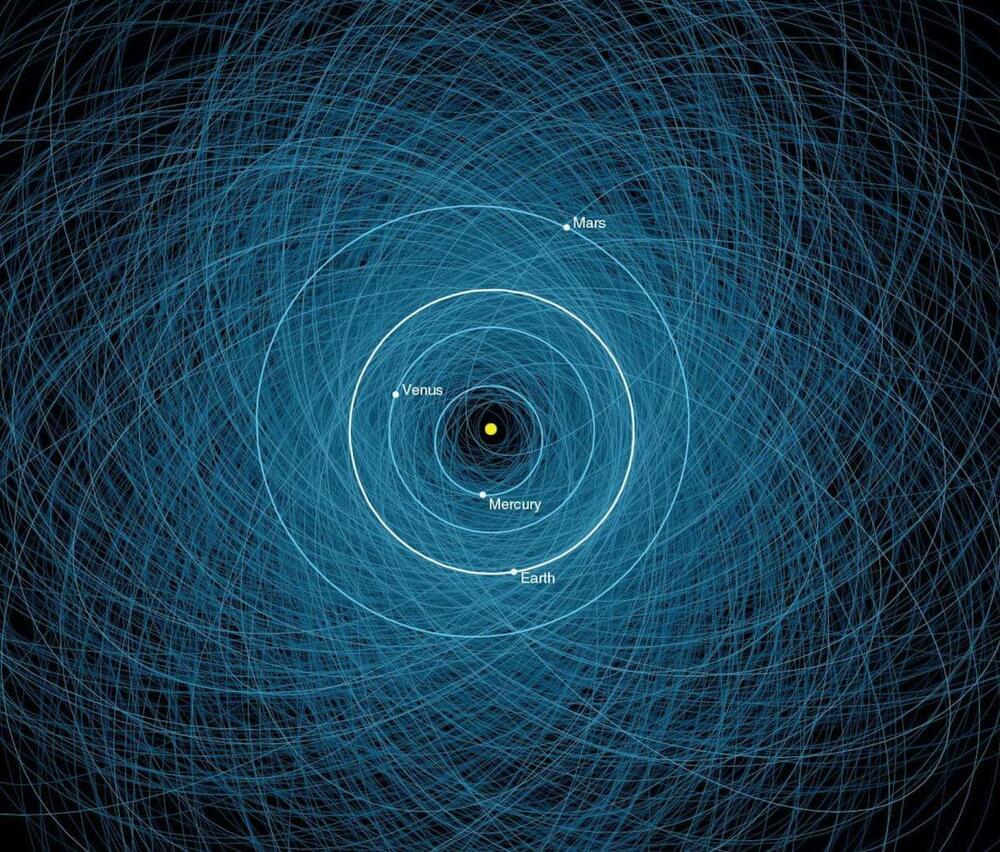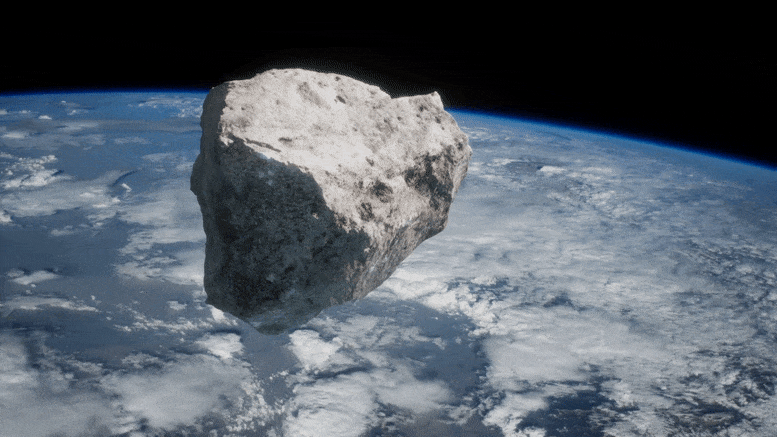Earthlings 800 years from now can breathe a little easier.
A fresh assessment of a distantly risky asteroid brings good news: it’s even less of a threat than astronomers had feared.
The chances of an asteroid dubbed 1950 DA crashing into Earth were always tiny and long in the future: As of 2015, scientists had calculated that the object had a 1 in 8,000 chance of impacting Earth in the year 2880. But a new analysis released on Tuesday (March 29) knocks the asteroid out of the top spot of NASA’s list of known asteroids that are most potentially hazardous to Earth.






